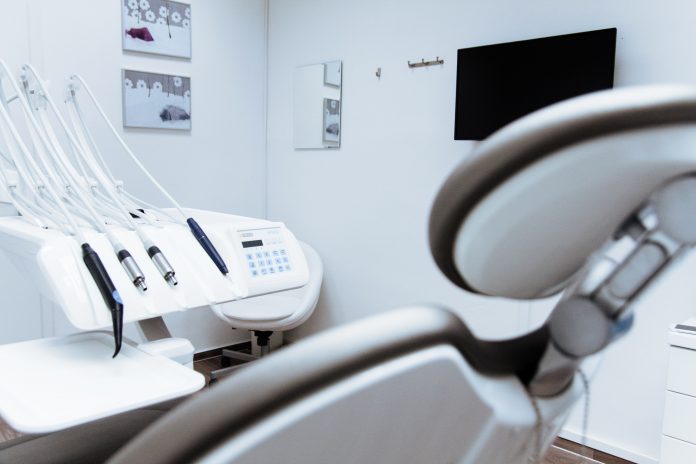Taking a visit to the dentist is never easy. No matter how minute or complex your visit is, there’s no denying that having someone working with your teeth is jaw-clenching. Believe it or not, there’s actually a term for this fear: dentophobia. Current estimates suggest that around 75% of all adults have some level about going to the dentist. Of those numbers, between 5% and 10% have a serious fear that prevents them from taking action—even when their situation is dire. If you’re fearful of visiting the dentist, sedation dentistry can help. Here’s what you need to know:
Sedation 101
Sometimes, relaxing in the dentist’s chair can feel impossible. This is where sedation comes in. Even for the most basic procedures, patients can opt for elective sedation to ease their mind and have a more comfortable experience. With sedation dentistry, sedation drugs are administered before or during a surgery. This allows you to remain relaxed and remain still as work is being completed.
Types of Sedation
There are multiple types of sedation. Some are designed to keep you asleep for the duration of the surgery, while others simply keep you relaxed while you’re awake during the procedure. What you choose depends on your surgery and the severity of your anxiety and fear.
There are three common types of sedation: inhaled sedation, oral sedation, and general anesthesia. During inhaled sedation, you breathe in nitrous oxide—also called “laughing gas.” As you breathe in this gas, your body and mind start to relax, and the dentist can control how much of it is administered. Generally, this wears off pretty quickly.
Oral sedation comes in different doses. This pill behaves like valium, making you relaxed and even a bit drowsy. It’s not uncommon for patients to fall asleep with oral sedation, however, a gentle shake is it all it will take to awaken them. Deep sedation renders you completely unconscious throughout your procedure. As the most extreme of the sedation options, it may take you longer to regain full consciousness, and you’ll likely need help getting home after the procedure.
The type of sedation that’s best depends on your personal health and condition. For example, if you have an aversion to needles, IV sedation wouldn’t work well for you. Or if you have a fear of being vulnerable in a chair during a sleep-induced procedure, general anesthesia can probably be ruled out in favor of a more calming, aware type of sedation. Talk to your dentist about your concerns to come up with the best sedation treatment.
Understanding the Causes
In the majority of cases, people with dentophobia have a fear of dentists because of a previous traumatic experience. For example, they might have had a very complicated or painful procedure in the past. In some cases, they may have had a bad interaction with the dentist. Dealing with an insensitive or uncaring dentist can make the entire dental process feel cold and harsh, and will set the tone for your dental visits for years to come.
Some fears even stem from indirect experiences—something you saw on the news or heard about from a friend. And in other circumstances, individuals may experience a fear of dentists because they carry an underlying fear of doctors in general. The smell and appearance of clinics and hospitals could induce those deeper levels of anxiety and fear. This is the same premise behind the “white coat syndrome”—where accurate reading of blood pressure among patients are hard to get because blood pressure and heart rates rise in clinical settings.
Proper Treatment for Dental Anxiety
If you find that this phobia is truly stifling your ability to address some health concerns, you should consider seeking therapy in addition to requesting sedation. Therapy, behavioral techniques, and in some cases medication, can help you combat this fear. Start with some relaxation techniques that can help relieve some of your fear. Deep breathing exercising and meditation can help you learn how to handle sitting in a dentist’s office, whether it’s in the waiting room or in the chair. The goal is to gradually teach yourself to be rid of those fears without assistance.
Choosing the best dentist is also key. “Being comfortable with your dentist is also key to a successful visit and procedure,” says Argyle Family Dental, a dental practice in Centennial, CO. “You should visit multiple dentists for a consultation to learn more about how they interact with their patients. Be transparent about your fear and pay attention to their suggestions for alleviating that fear. How comfortable they make you feel during these early visits is crucial.”







